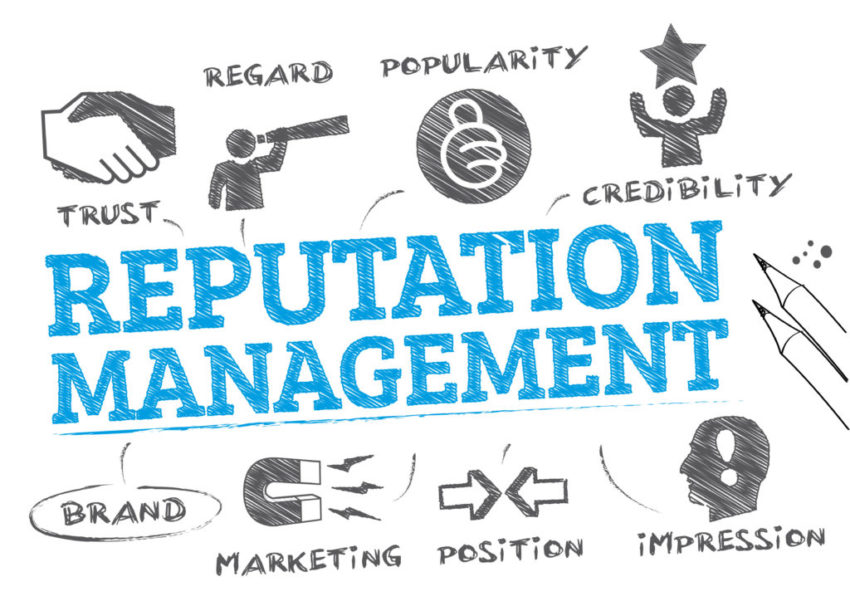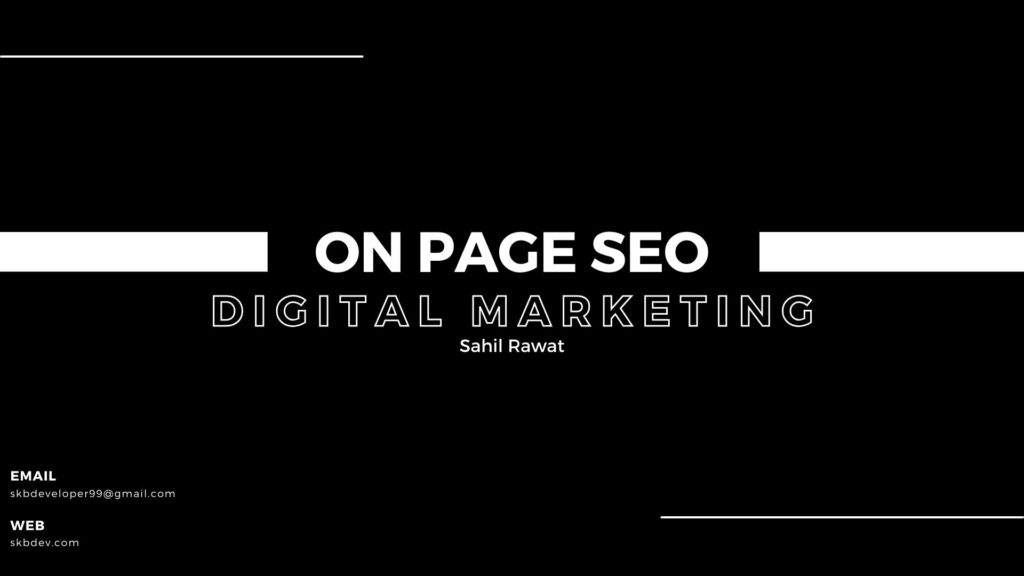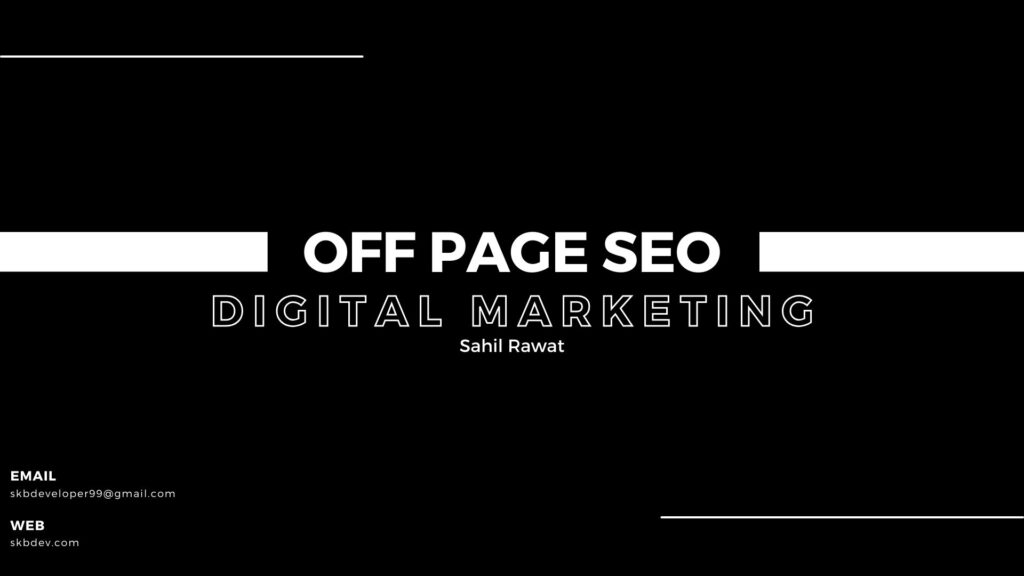In today’s digital age, the reputation of your organization is more critical than ever. A strong, positive reputation can boost your brand’s credibility, attract customers, and foster trust. Conversely, a negative reputation can tarnish your image, deter potential clients, and even affect your bottom line. Effective reputation management is crucial for maintaining and enhancing your organization’s image. This article will guide you through the essential strategies for mastering reputation management and optimizing your online presence.

What is Reputation Management?
Reputation management involves monitoring and influencing how your organization is perceived by the public. This includes managing online reviews, handling public relations crises, and ensuring that positive aspects of your brand are highlighted. By actively engaging in reputation management, you can control the narrative surrounding your organization and mitigate the impact of any negative feedback.
1. Monitor Your Online Presence
Why Monitoring Matters
The first step in reputation management is to keep a vigilant eye on what is being said about your organization online. This involves tracking mentions of your brand across various platforms, including social media, review sites, and forums.
Tools for Monitoring
- Google Alerts: Set up alerts for your brand name and relevant keywords to receive notifications about new mentions.
- Social Media Listening Tools: Tools like Hootsuite and Brandwatch help track mentions and sentiments on social media platforms.
- Review Aggregators: Platforms like Yelp and Trustpilot consolidate reviews and provide insights into customer feedback.
2. Respond to Reviews and Feedback
The Power of Engagement
Engaging with both positive and negative reviews is crucial. It shows that you value customer feedback and are committed to improving your services.
Best Practices
- Timely Responses: Address reviews promptly to demonstrate attentiveness.
- Professional Tone: Maintain a professional and empathetic tone, especially when handling negative feedback.
- Constructive Solutions: Offer solutions or corrective actions to resolve issues highlighted in reviews.
3. Build a Positive Online Presence
Create Valuable Content
Publishing high-quality, relevant content can positively influence how your organization is perceived. Content marketing strategies include blog posts, articles, and social media updates that showcase your expertise and value.
SEO and Content Strategy
- Keyword Optimization: Use relevant keywords to improve the visibility of your content.
- Quality and Relevance: Focus on creating content that addresses your audience’s needs and interests.
- Regular Updates: Keep your content fresh and up-to-date to maintain engagement and relevance.
4. Address Negative Publicity Proactively
Crisis Management
In the event of negative publicity or a public relations crisis, having a proactive plan is essential. This includes crafting a clear, honest response and taking steps to rectify the situation.
Steps to Handle Negative Publicity
- Acknowledge the Issue: Address the problem directly and transparently.
- Apologize and Explain: Offer a sincere apology and explain any steps being taken to resolve the issue.
- Monitor the Situation: Keep track of how the situation evolves and adjust your response as needed.
5. Leverage Social Media Effectively
Engage and Connect
Social media platforms are powerful tools for building and maintaining a positive reputation. Use them to engage with your audience, share updates, and respond to feedback.
Social Media Tips
- Consistent Branding: Ensure your social media profiles reflect your brand’s voice and values.
- Interactive Content: Post engaging content such as polls, Q&A sessions, and behind-the-scenes looks to foster interaction.
- Customer Support: Use social media as a channel for customer support to address queries and issues promptly.
6. Invest in Public Relations
Build Strong Relationships
Effective public relations (PR) can enhance your organization’s reputation by building strong relationships with media, influencers, and industry leaders.
PR Strategies
- Press Releases: Share newsworthy updates and achievements through press releases.
- Media Outreach: Develop relationships with journalists and bloggers who cover your industry.
- Influencer Collaborations: Partner with influencers to boost your brand’s visibility and credibility.
Conclusion
Reputation management is an ongoing process that requires vigilance, responsiveness, and strategic planning. By monitoring your online presence, engaging with feedback, building a positive image, handling negative publicity proactively, leveraging social media, and investing in PR, you can effectively manage and enhance your organization’s reputation.
Stay proactive and adaptable, and you’ll be well-equipped to navigate the complexities of reputation management and foster a positive perception of your organization. Remember, a strong reputation is not just about handling crises; it’s about building and maintaining trust and credibility in all your interactions.
Ready to take control of your organization’s reputation? Start implementing these strategies today and see how they can transform your brand image. For more tips and expert insights on reputation management, subscribe to our blog and stay updated with the latest trends and best practices!

















você é, na verdade, um webmaster perfeito A velocidade de carregamento do site é incrível Parece que você está fazendo um truque único Além disso O conteúdo é uma obra-prima você realizou uma tarefa maravilhosa neste tópico
Pingback: Backend Development - SKB Development
Real Estate I do not even understand how I ended up here, but I assumed this publish used to be great
Real Estate This is really interesting, You’re a very skilled blogger. I’ve joined your feed and look forward to seeking more of your magnificent post. Also, I’ve shared your site in my social networks!
Real Estate I like the efforts you have put in this, regards for all the great content.
Internet Chicks Awesome! Its genuinely remarkable post, I have got much clear idea regarding from this post . Internet Chicks
BaddieHub Very well presented. Every quote was awesome and thanks for sharing the content. Keep sharing and keep motivating others.
Simplywall naturally like your web site however you need to take a look at the spelling on several of your posts. A number of them are rife with spelling problems and I find it very bothersome to tell the truth on the other hand I will surely come again again.
Hey, I’m Jack. Your blog is a game-changer! The content is insightful, well-researched, and always relevant. Great job!
allegheny county real estate This is really interesting, You’re a very skilled blogger. I’ve joined your feed and look forward to seeking more of your magnificent post. Also, I’ve shared your site in my social networks!
obviously like your website but you need to test the spelling on quite a few of your posts Several of them are rife with spelling problems and I to find it very troublesome to inform the reality on the other hand Ill certainly come back again
allegheny county real estate This is really interesting, You’re a very skilled blogger. I’ve joined your feed and look forward to seeking more of your magnificent post. Also, I’ve shared your site in my social networks!
I do believe all the ideas youve presented for your post They are really convincing and will certainly work Nonetheless the posts are too short for novices May just you please lengthen them a little from subsequent time Thanks for the post
I do not even know how I ended up here but I thought this post was great I dont know who you are but definitely youre going to a famous blogger if you arent already Cheers
I have read some excellent stuff here Definitely value bookmarking for revisiting I wonder how much effort you put to make the sort of excellent informative website
Family Dollar I appreciate you sharing this blog post. Thanks Again. Cool.
helloI like your writing very so much proportion we keep up a correspondence extra approximately your post on AOL I need an expert in this space to unravel my problem May be that is you Taking a look forward to see you
Wow wonderful blog layout How long have you been blogging for you make blogging look easy The overall look of your site is great as well as the content
Sky Scarlet Very well presented. Every quote was awesome and thanks for sharing the content. Keep sharing and keep motivating others.
Mating Press Pretty! This has been a really wonderful post. Many thanks for providing these details.
I have read some excellent stuff here Definitely value bookmarking for revisiting I wonder how much effort you put to make the sort of excellent informative website
Blue Techker Very well presented. Every quote was awesome and thanks for sharing the content. Keep sharing and keep motivating others.
Blue Techker naturally like your web site however you need to take a look at the spelling on several of your posts. A number of them are rife with spelling problems and I find it very bothersome to tell the truth on the other hand I will surely come again again.
Thinker Pedia Good post! We will be linking to this particularly great post on our site. Keep up the great writing
FinTech ZoomUs This is really interesting, You’re a very skilled blogger. I’ve joined your feed and look forward to seeking more of your magnificent post. Also, I’ve shared your site in my social networks!
Clochant Pretty! This has been a really wonderful post. Many thanks for providing these details.
Back Magazin You’re so awesome! I don’t believe I have read a single thing like that before. So great to find someone with some original thoughts on this topic. Really.. thank you for starting this up. This website is something that is needed on the internet, someone with a little originality!
Blue Techker You’re so awesome! I don’t believe I have read a single thing like that before. So great to find someone with some original thoughts on this topic. Really.. thank you for starting this up. This website is something that is needed on the internet, someone with a little originality!
Noodlemagazine Hi there to all, for the reason that I am genuinely keen of reading this website’s post to be updated on a regular basis. It carries pleasant stuff.
Blue Techker I appreciate you sharing this blog post. Thanks Again. Cool.
Blue Techker I very delighted to find this internet site on bing, just what I was searching for as well saved to fav
Wow superb blog layout How long have you been blogging for you make blogging look easy The overall look of your site is magnificent as well as the content
I loved as much as youll receive carried out right here The sketch is attractive your authored material stylish nonetheless you command get bought an nervousness over that you wish be delivering the following unwell unquestionably come more formerly again as exactly the same nearly a lot often inside case you shield this hike